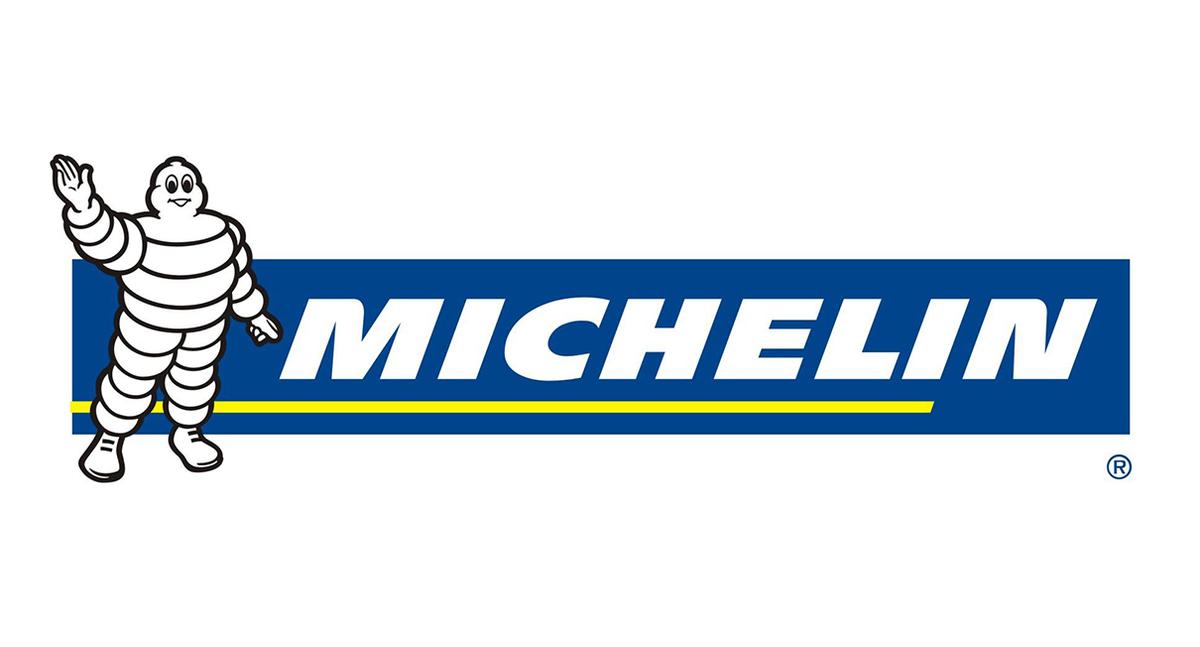In long or short distance driving, the main concern of every motorist, passenger or commuter begins with the Letter S: Safety.
Of all the variables that determine road safety, the easiest factor to control is the part of the vehicle that is in direct contact with the road: Tires.
According to Michelin, a tire company that always has safety in mind, the tire has to provide sufficient grip when turning and braking on both dry and wet roads. Grip is ensured by the contact area between the tire and the road–a tiny patch no bigger than one’s hand.
It is essential to have tires inflated at just the prescribed pressure because too little air will result in an over-sized contact area that can create unwanted behavior from the tires or the vehicle itself. Too much air, in turn, can reduce that contact area and make the vehicle “teeter” on the road.
Alas, not many drivers take tire pressure seriously; but safety and proper tire care cannot be achieved without proper tire inflation. It is key to keeping tires in their optimal and safest state.
UNDER-INFLATION
What happens when your tires are under-inflated?
- Too little air in your tire can cause tire deflection, a condition where the radius of the tire changes when a heavy load is placed on it.
- Because it causes heat, deflection leads to irreversible deterioration of internal components of the tire. This can result in the destruction of the tires’ air-tight integrity and cause rapid air loss.
- Low tire pressure also generates abnormal wear similar to the rim being too wide.
- Because of the uneven wear in the tire, tire longevity is affected.
OVER-INFLATION
On the other hand, over-inflated tires can be dangerous as well.
- Too much air causes the tire to run hard and be more vulnerable to impacts.
- It also generates abnormal wear similar to the rim being too narrow.
- The ride is hard and uncomfortable and the tire has less grip.
- Tire longevity also decreases due to uneven wear.
- When a tire is over-inflated, it causes excessive cable stretching and oxidation which can lead to rupture of the casing.
PROPER INFLATION
But when a tire has the correct tire pressure, there is good traction, braking capability, durability and safety.
Car performance is optimized and car safety is increased because the car is balanced and its contact with the road is neither too flat nor too “sharp”.
Here’s what to do to ensure that your tires are properly inflated.
- Check tire pressure regularly, ideally once a week or at least once a month and before long trips.
- Always inflate tires based on the recommendation of the vehicle manufacturer and not the pressure on the tire’s sidewall. (You can find the manufacturers recommendation in the manual, on the edge of the driver’s door, on a door post or on the inside of the glove box door.)
- Some pickups and SUVs have light-truck tires marked as “LT” on the sidewalls. The recommended inflation pressure for light-truck tires varies based on load.
- Use an accurate air-pressure gauge to check pressure and maintain it at the recommended level.
Never, ever take tire pressure for granted, says Michelin, and make sure you always have a spare tire available.
